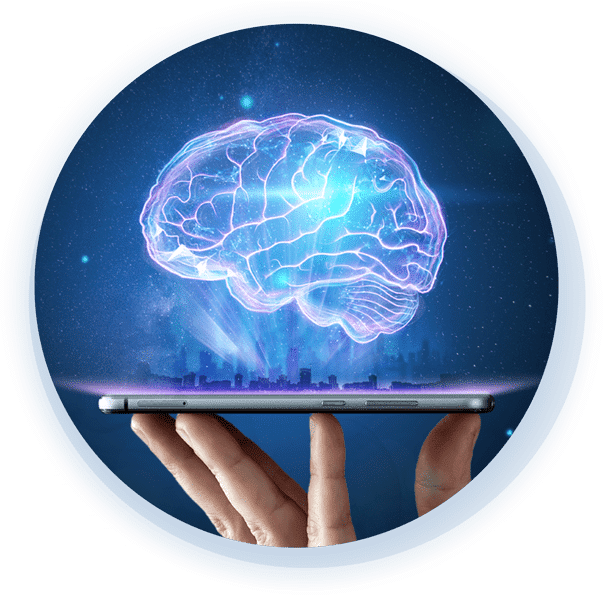
Our minds are wired for story. We think in narrative and enjoy consuming content in story form. So understanding the difference between presenting and storytelling is critical to a leader’s ability to engage an audience and move them to action. Unfortunately, presentation software often gets in the way.
The ability to effectively lead others is a key to success in growing a business. But in the transactional business world gone virtual, we spend the majority of our time treating one another as strangers.
Taking into account all the digital exchanges we have in the course of a workday, what can we as leaders do to humanize our interactions, draw people to us, and build trust?
With ever-increasing demands at work, being able to get things done can be a key driver of success. But, the irony is that it can also deter success, because a focus on tasks often comes at the expense of a focus on people. Things like building relationships, inspiring a team, developing others, and showing empathy can fall by the wayside.
Leaders often rely on the carrot vs. the stick approach to motivate employees, where the carrot is a reward for compliance and the stick is a consequence for non-compliance. But this is an outdated approach that never really works well. Motivation is less about employees doing great work and more about employees feeling great about their work…
In this era of resignation when employees are reevaluating their lives, quitting to find more fulfilling jobs, taking career breaks, or starting their own businesses and no longer tolerating bad bosses, inequities, burnout, and lack of purpose in the workplace, creating a strong workplace culture is critical.
Better pay, job satisfaction, or promotion prerequisite? No matter why you aspire to become an expert in a new field, the question is how to approach it. Your ultimate goal to become a swift and wise decision-maker in a new arena who is able to diagnose problems and assess opportunities in multiple contexts requires you to have “deep smarts” — business-critical, experience-based knowledge.
Youth unemployment has profound implications for the global economy and social stability that we have never seen before. 1.3 billion youth, the largest generation of young people in the history of the planet, are preparing to enter the workforce. But are they ready to face it?
Are you practicing lifelong learning? It’s crucial! – from maintaining your own view of yourself to the attitude you display everyday, to remaining connected with the world, and to what you have to contribute within your relationships. There’s a lot of room for everyone of us to be a continuous learner and it can be fun as well!
A leader’s influence in the team comes from setting an example that inspires others to follow your footsteps. “Inspire” is the keyword here. Influencing others does not mean putting pressure on them. Nor does it mean manipulating them.
If you are a company leader hoping to undertake a successful organizational change, you need to make sure your team is onboard and motivated to help make it happen. The following strategies can you help you better understand your employees’ perspectives. Start by creating audience personas that map to key employee segments in your company.
We’re thrilled to share our most recent insights and perspectives covering a range of topics related to advancing your career, effective job search strategies, and fostering professional development.
Our team of experts, specializing in the Middle East and specific regions in Asia, is poised to offer a wealth of valuable knowledge to empower your success in your chosen field.
If you’re eager to explore further and learn how we can support you in reaching your goals, don’t hesitate to get in touch.


Get a FREE confidential Talent Lifecycle Management (TLCM) assessment report for the health of your organisation →